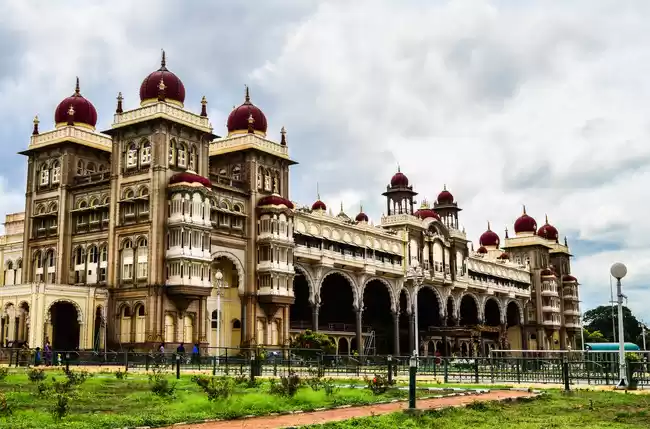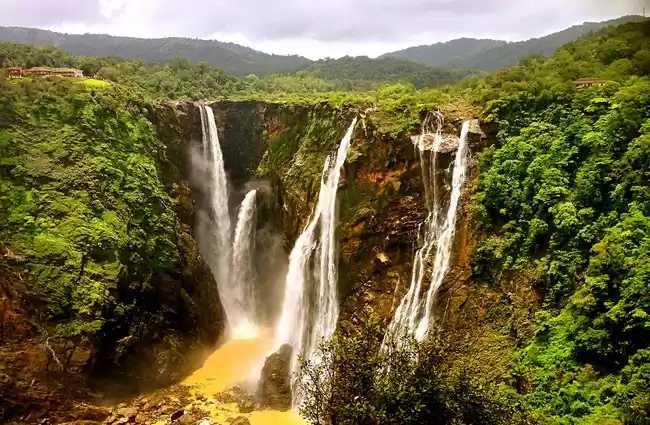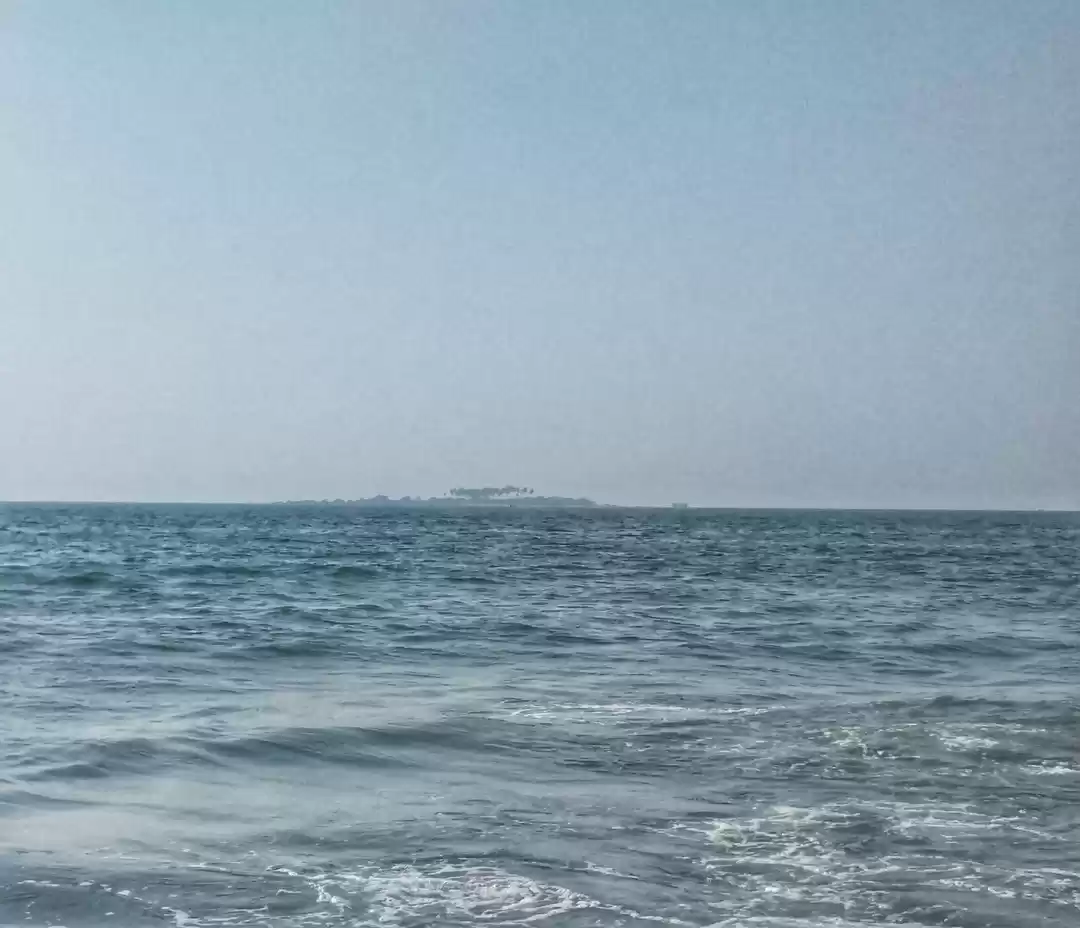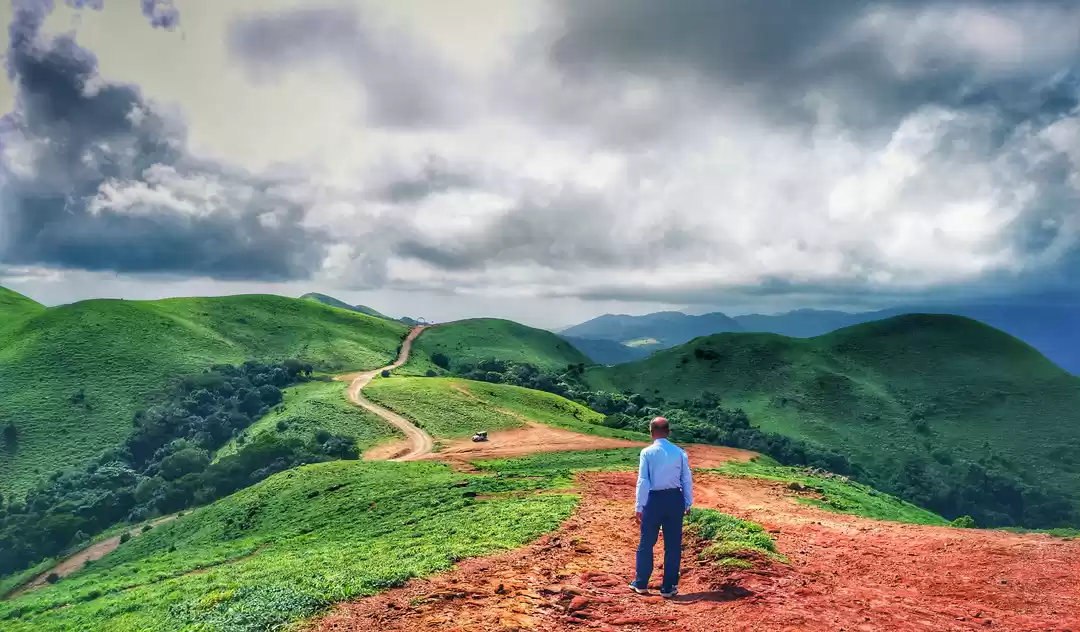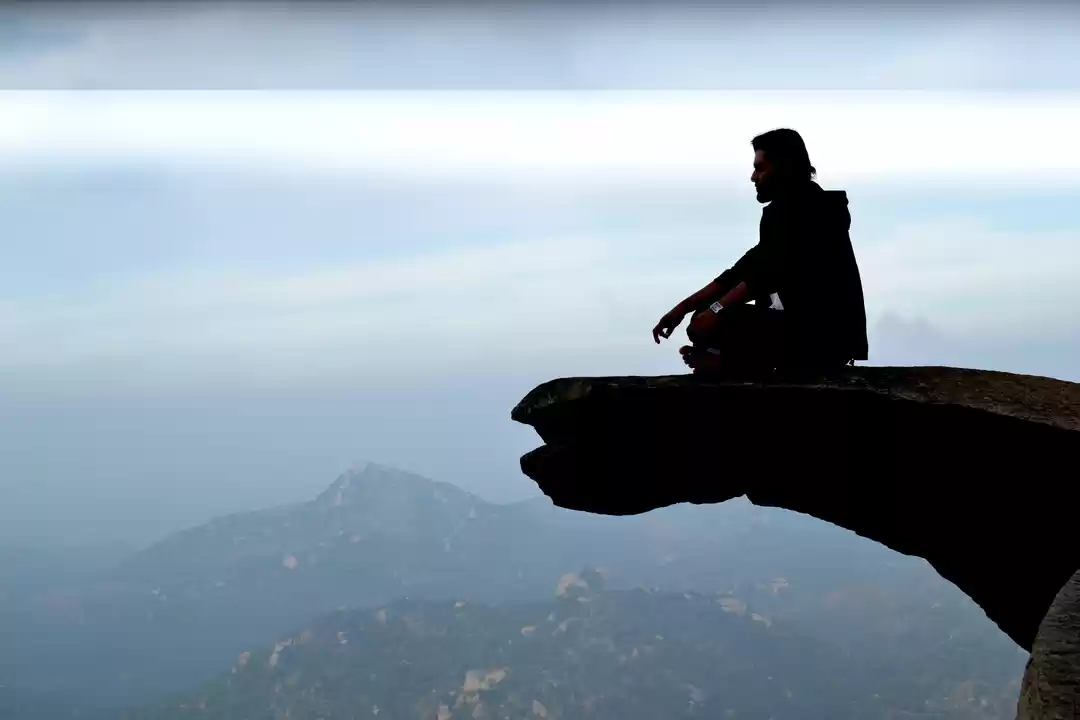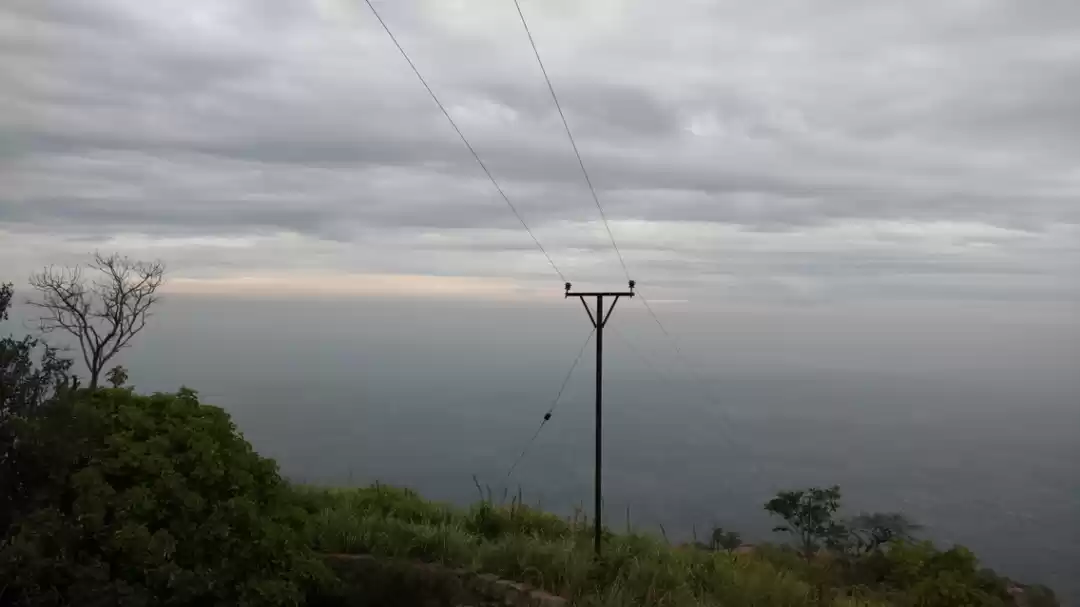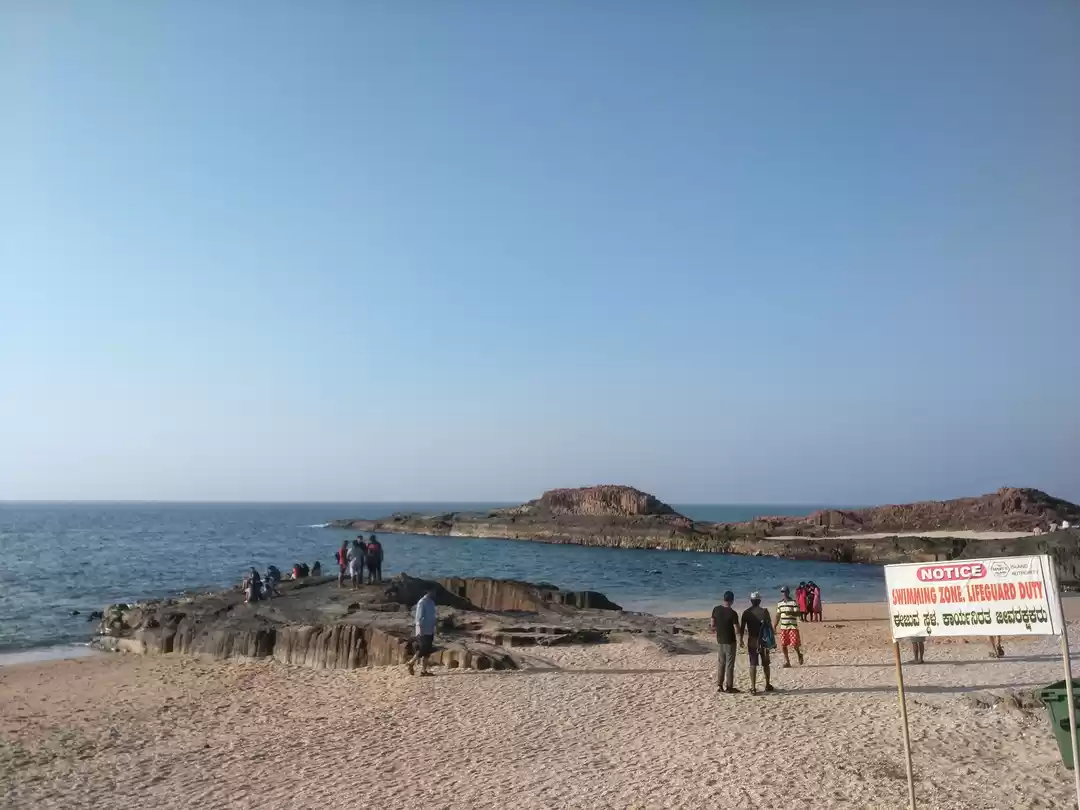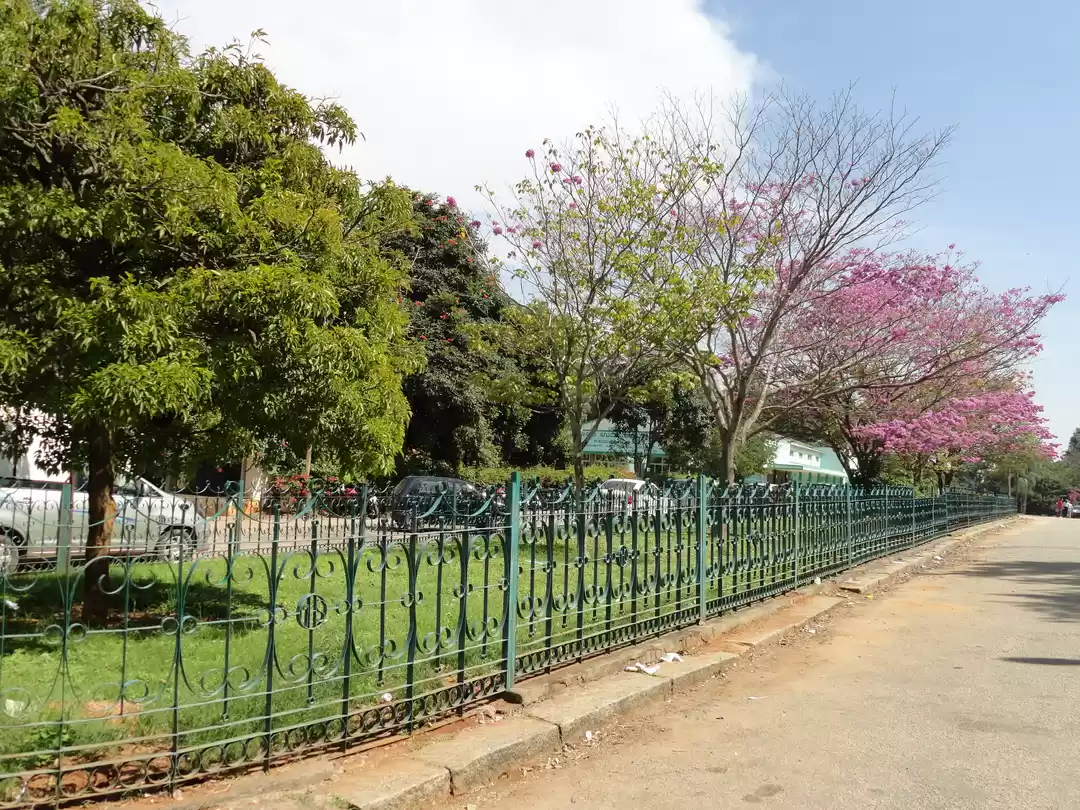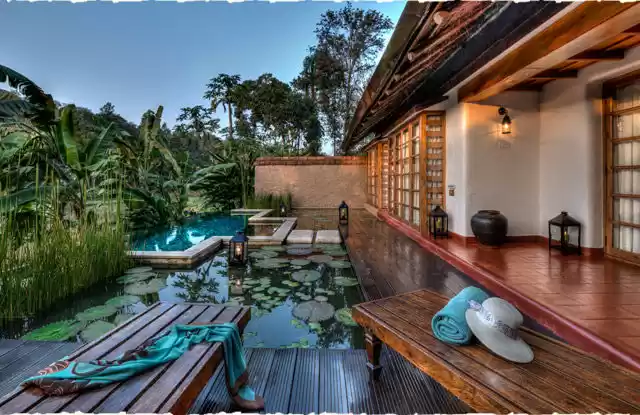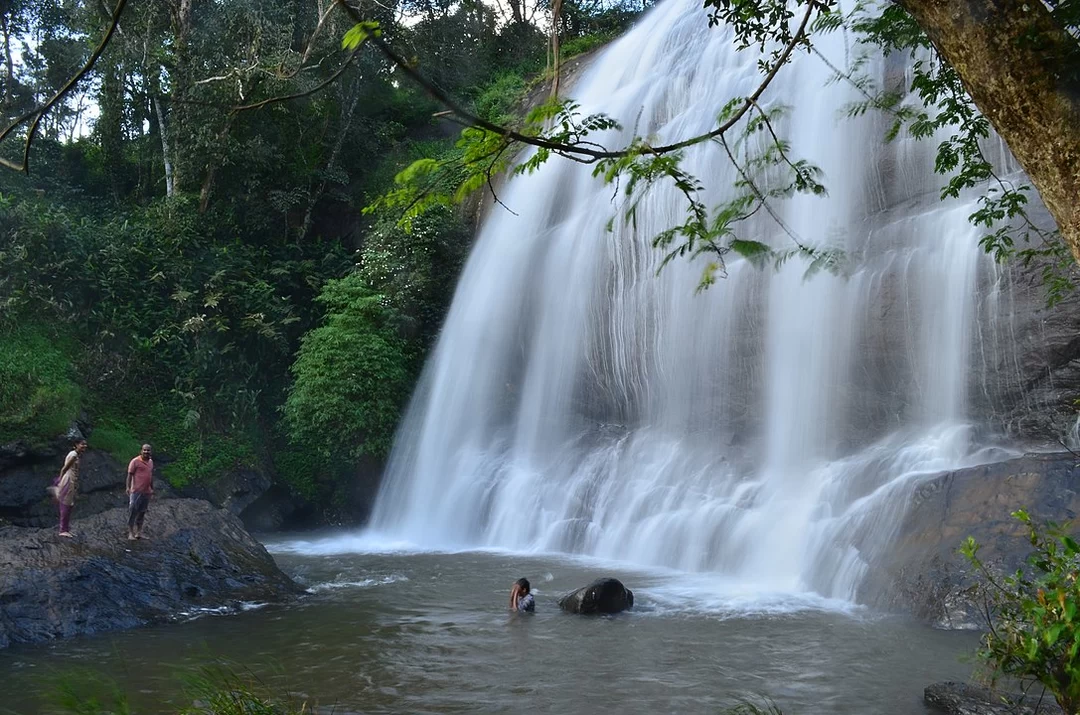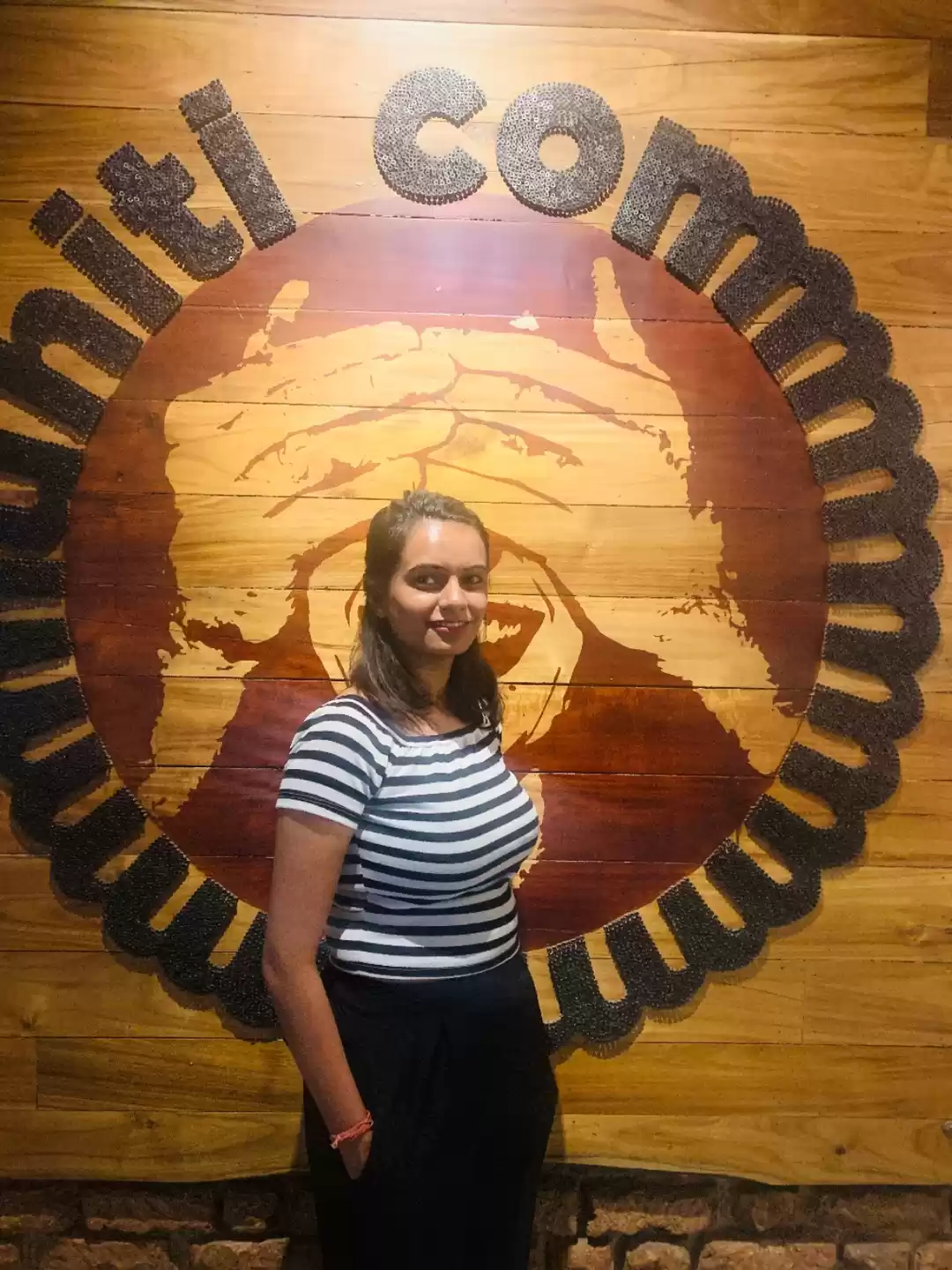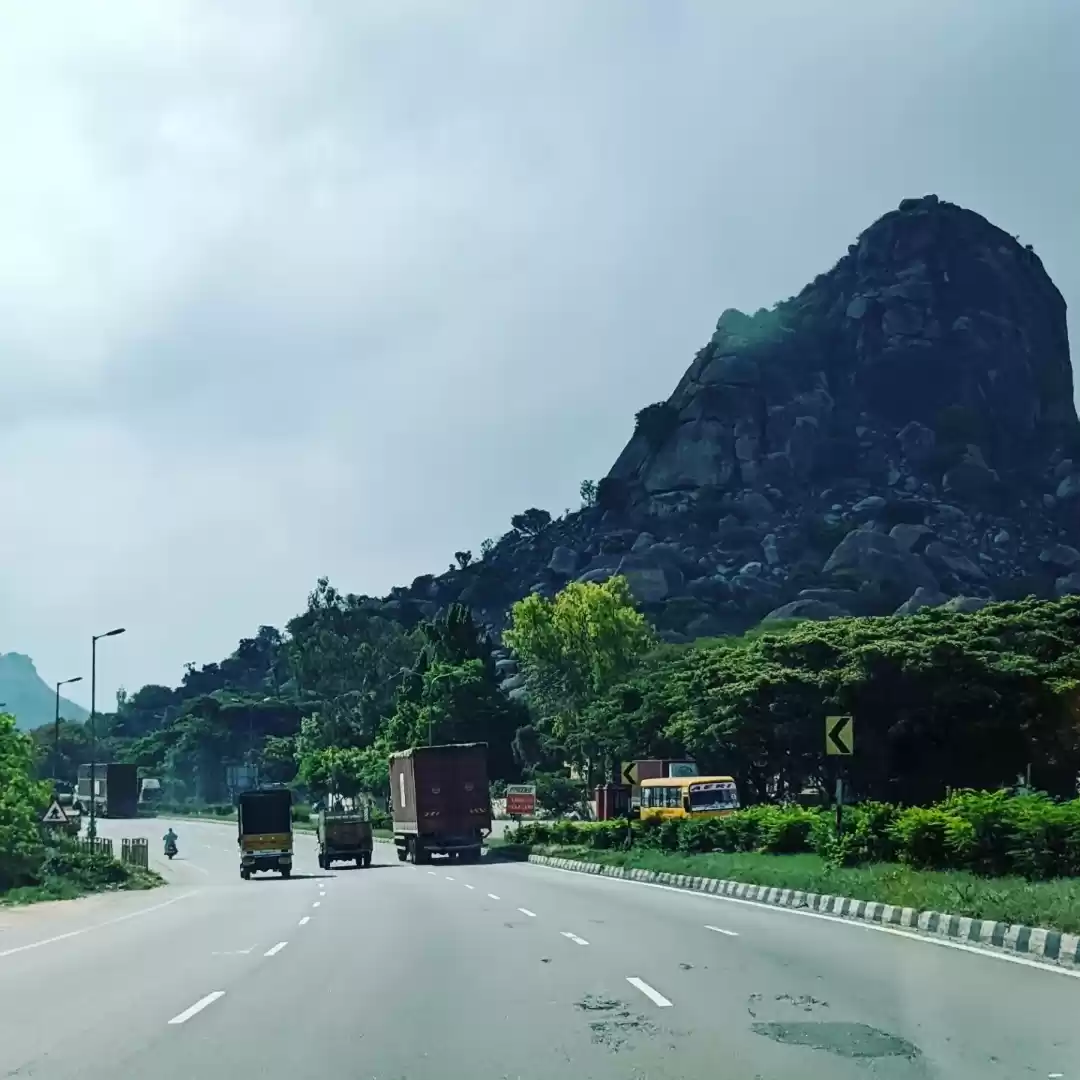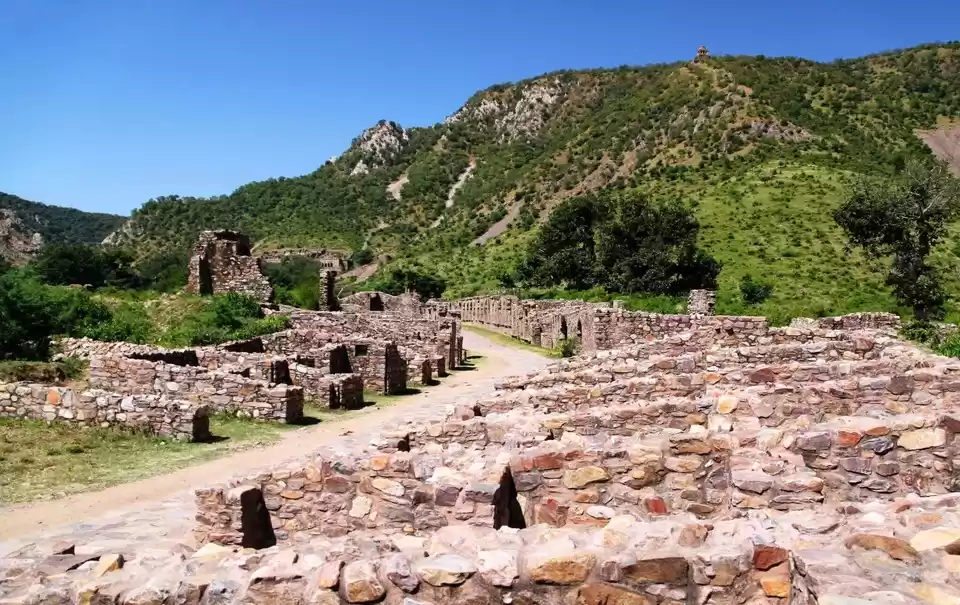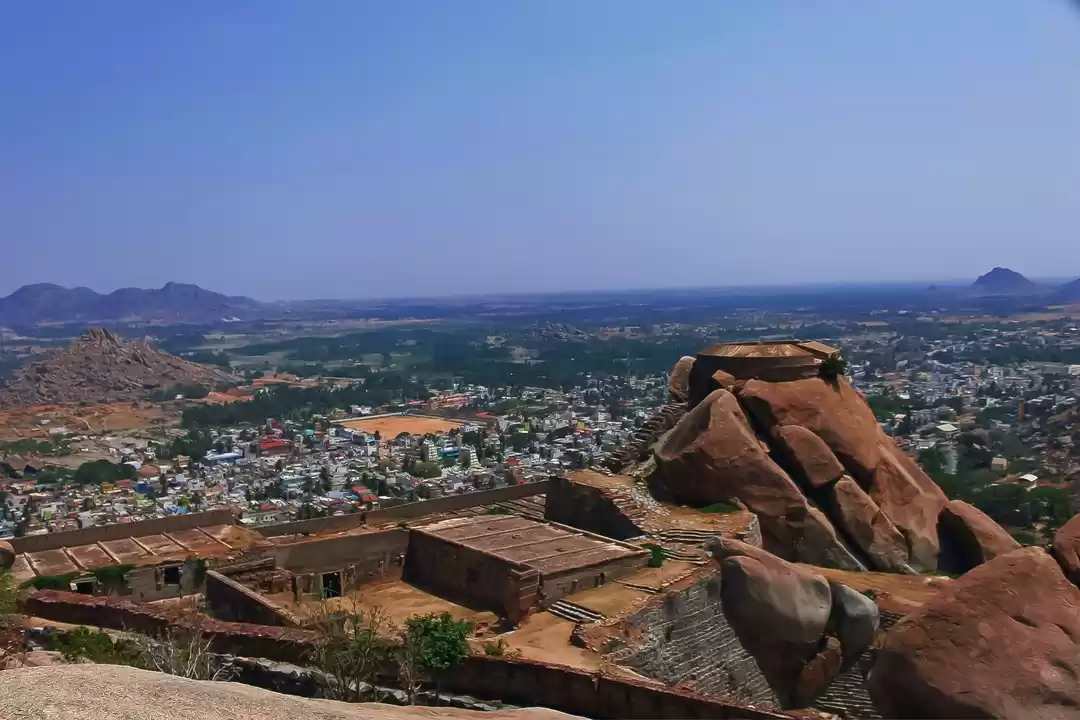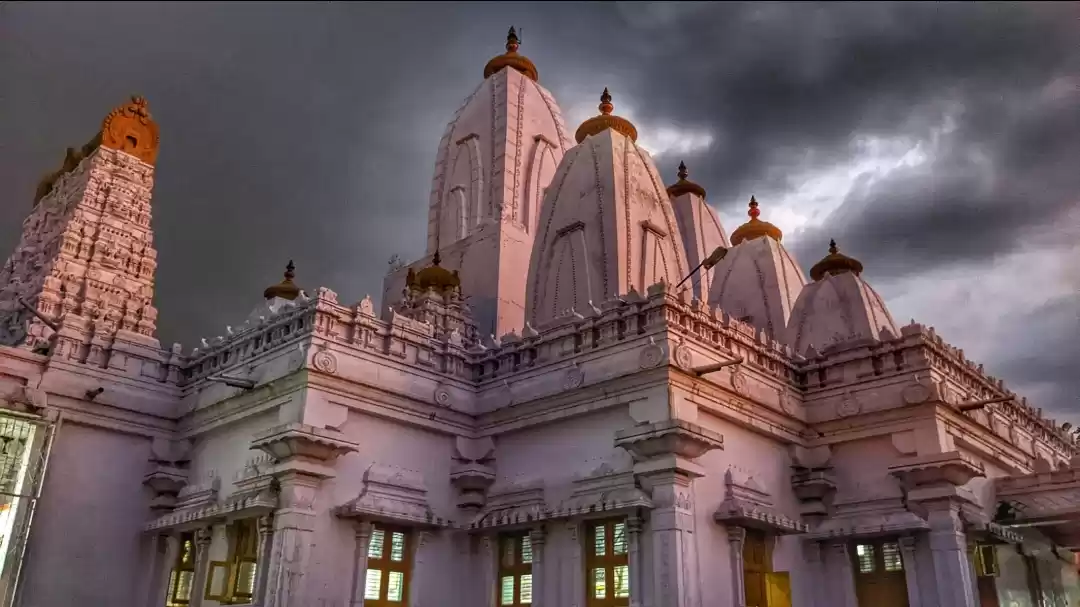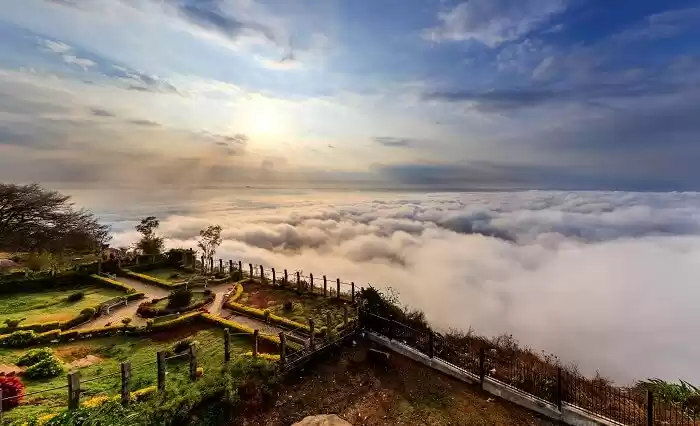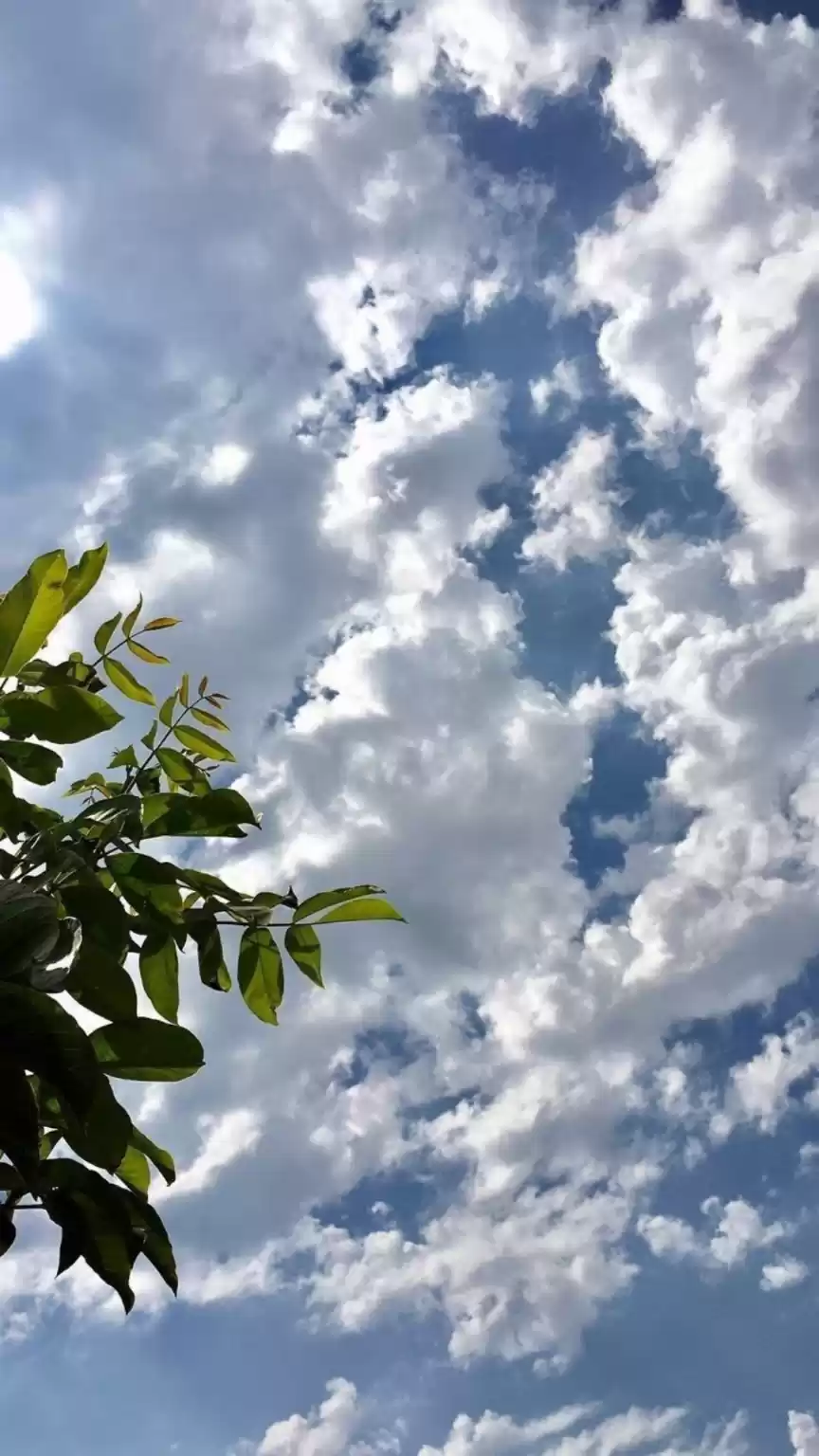Bangalore, the capital of Karnataka, is a city that blends the old and the new, the traditional and the modern, the cultural and the technological. Among its many attractions, one that stands out for its historical and architectural significance is the Bangalore Fort, also known as the Tipu Sultan Fort. This fort, which dates back to the 16th century, has witnessed the rise and fall of several empires, and has been the site of many battles and sieges.
Today, it is a well-preserved monument that offers a glimpse into the past and a chance to admire the craftsmanship and style of its builders. In this article, we will explore the history and architecture of the Bangalore Fort, and provide you with all the information you need to plan your visit, such as how to reach, when to visit, and what to do at this amazing attraction.
History
The history of the Bangalore Fort is intertwined with the history of the city and the region. The fort was originally built by Kempe Gowda I, the founder of Bangalore, in 1537. According to legend, he got the idea of building the fort from a hare, which he saw running away from his hunting dogs and turning back to fight them. He took this as a sign of courage and decided to build a fort at the same spot. The original fort was made of mud and had a circumference of one mile. It had nine gates and was surrounded by a moat.

The fort was later expanded and strengthened by Haider Ali, the ruler of Mysore, in 1761. He replaced the mud walls with stone walls and added more bastions and towers. He also built a palace inside the fort, which was later used by his son, Tipu Sultan, as his summer residence. Tipu Sultan, also known as the Tiger of Mysore, was one of the most formidable enemies of the British in India. He fought several wars against them and defended the fort with great courage and skill. However, in 1791, the British, led by Lord Cornwallis, managed to capture the fort after a three-week siege. This was a major blow to Tipu Sultan and his empire, and marked the beginning of the end of his reign. He was eventually killed in 1799, in the Fourth Anglo-Mysore War, at his capital, Srirangapatna.
The British took over the fort and used it as a military base and a prison. They also demolished most of the fort’s structures, except for the Delhi Gate and a part of the palace. They also built a church, a school, and a hospital inside the fort. The fort remained under the British control until India’s independence in 1947. After that, the fort was handed over to the Archaeological Survey of India, which declared it as a protected monument and restored it to its former glory.
Architecture
The architecture of the Bangalore Fort reflects the styles and techniques of its different builders and periods. The fort has a polygonal shape and covers an area of about 18 acres. It has two main gates, the Delhi Gate and the Mysore Gate, which face the north and the south respectively. The Delhi Gate is the main entrance to the fort and is decorated with carvings and inscriptions. It also has a wooden door with iron spikes, which was used to prevent the entry of elephants. The Mysore Gate is smaller and simpler, and was used by the royal family and the army.

The fort has 26 bastions, which are circular or semi-circular projections on the walls, used for defense and surveillance. The bastions are named after the towns and districts that were under the control of Tipu Sultan, such as Bidnur, Chitradurga, Gooty, and Nandidurg. The fort also has several watchtowers, which offer a panoramic view of the city and its surroundings.
Inside the fort, the most prominent structure is the Tipu Sultan’s Palace, also known as the Summer Palace or the Abode of Happiness. This palace was built by Haider Ali in 1781 and completed by Tipu Sultan in 1791. It is a two-storeyed wooden structure, with pillars, arches, balconies, and latticed windows. The palace is adorned with floral motifs, paintings, and murals, depicting scenes from Tipu Sultan’s life and battles. The palace also has a museum, which displays various artifacts, weapons, coins, and paintings related to Tipu Sultan and his era.
Another important structure inside the fort is the Ganapati Temple, which is dedicated to the elephant-headed god, Ganesh. This temple was built by Kempe Gowda I, and is one of the oldest temples in the city. The temple has a simple and elegant design, with a sanctum, a hall, and a tower. The temple is also known for its annual festival, which attracts thousands of devotees and tourists.
How to Reach
The Bangalore Fort is located in the heart of the city, and is easily accessible by various modes of transport. The nearest airport is the Kempegowda International Airport, which is about 35 km away from the fort. You can take a taxi, a bus, or a metro from the airport to reach the fort. The nearest railway station is the Bangalore City Railway Station, which is about 4 km away from the fort. You can take a taxi, a bus, or a metro from the station to reach the fort.
The nearest bus stop is the KR Market Bus Stop, which is about 1 km away from the fort. You can take a bus, an auto-rickshaw, or a cycle-rickshaw from the bus stop to reach the fort. The nearest metro station is the Chickpet Metro Station, which is about 2 km away from the fort. You can take a metro, an auto-rickshaw, or a cycle-rickshaw from the metro station to reach the fort.
Best Time to Visit
The best time to visit the Bangalore Fort is between October and March, when the weather is pleasant and cool. This is also the time when the city celebrates some of its major festivals, such as Dussehra, Diwali, and Bangalore Karaga.
These festivals add to the charm and excitement of the fort visit, as you can witness the cultural and religious diversity and vibrancy of the city. You can also enjoy the light and sound show that is held at the fort every evening, which narrates the history and stories of the fort in an engaging and entertaining way.

Tips and Tricks
To make the most of your visit to the Bangalore Fort, here are some tips and tricks that you should keep in mind:
1. Carry a bottle of water and some snacks, as the fort does not have any food or drink stalls inside.
2. Wear comfortable shoes and clothes, as the fort involves a lot of walking and climbing.
3. Hire a guide or an audio tour, which are available at the entrance, to learn more about the history and architecture of the fort. The guides are knowledgeable and friendly, and can also help you with taking pictures and finding the best spots to view the fort.
4. Explore the nearby attractions, such as the Tipu Sultan’s Summer Palace, the Lalbagh Botanical Garden, the Cubbon Park, and the Bangalore Palace, which are within a few kilometers from the fort. These attractions offer a variety of experiences, such as nature, culture, and heritage, and can make your trip to Bangalore more memorable and enjoyable.
Entry Fee and Opening Hours
The entry fee and opening hours of the Bangalore Fort are as follows:
For Indians: Rs. 15 per person
For Foreigners: Rs. 200 per person
For Children (below 15 years): Free
For Camera: Rs. 25 per camera
For Video Camera: Rs. 500 per camera
Opening Hours: 8:30 am to 5:30 pm (Monday to Sunday)
Note: The entry fee and opening hours are subject to change due to holidays or other reasons. Please check the official website or the notice board at the entrance before visiting the fort.
Places to Visit Near Bangalore Fort
If you have some more time and energy after visiting the Bangalore Fort, you can also check out some of the places to visit near the fort, which are:

Tipu Sultan’s Summer Palace:
This is a beautiful and elegant palace, which was used by Tipu Sultan as his summer residence. It is located about 1 km away from the fort, and is a must-see for its architecture and history. The palace has a museum, which displays various artifacts, weapons, coins, and paintings related to Tipu Sultan and his era.

Lalbagh Botanical Garden:
This is a sprawling and lush green garden, which was established by Haider Ali and later developed by Tipu Sultan. It is located about 3 km away from the fort, and is a perfect place to relax and enjoy nature. The garden has a variety of plants, flowers, trees, and birds, and also has a lake, a glasshouse, and a rock garden. The garden is also famous for its flower shows, which are held twice a year, during the Republic Day and the Independence Day.

Cubbon Park:
This is a vast and verdant park, which was established by the British in 1870. It is located about 4 km away from the fort, and is a great place to enjoy some fresh air and greenery. The park has a variety of plants, flowers, trees, and statues, and also has a library, a museum, an aquarium, and a toy train. The park is also a popular venue for cultural events, such as concerts, exhibitions, and festivals.
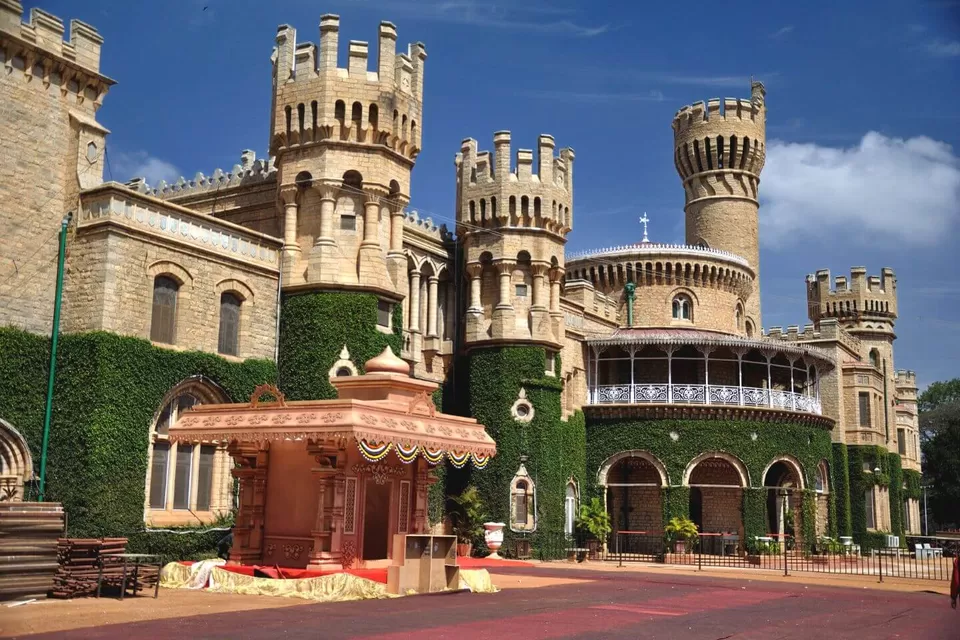
Bangalore Palace:
This is a majestic and magnificent palace, which was built by the Wodeyar dynasty in 1887. It is located about 5 km away from the fort, and is a must-see for its architecture and history. The palace is inspired by the Windsor Castle in England, and has a Gothic, Tudor, and Victorian style. The palace has a museum, which displays various artifacts, paintings, furniture, and weapons related to the royal family and their guests.
The Bangalore Fort is a historical and architectural marvel in the heart of the city, and a testimony to the rich and diverse heritage of Bangalore and Karnataka. It is a place where you can learn about the past, admire the present, and imagine the future. It is a place where you can experience the culture, the art, and the spirit of the city and its people. It is a place that you should not miss when you visit Bangalore, the Silicon Valley of India.
We hope you enjoyed this article and found it useful and informative. If you have any questions, comments, or feedback, please feel free to share them with us. We would love to hear from you and help you plan your trip to Bangalore. Thank you for reading and happy travels!






















